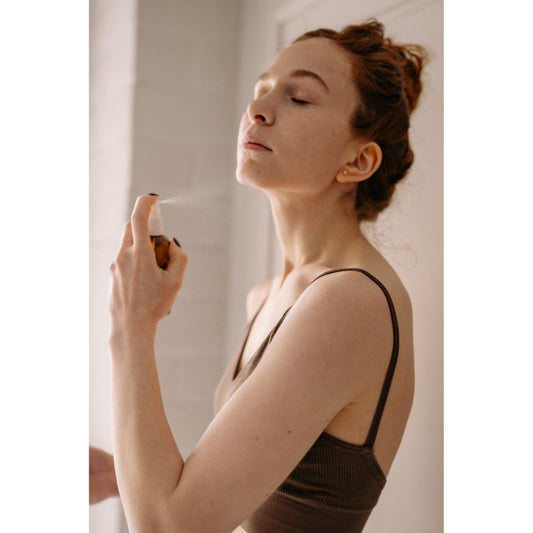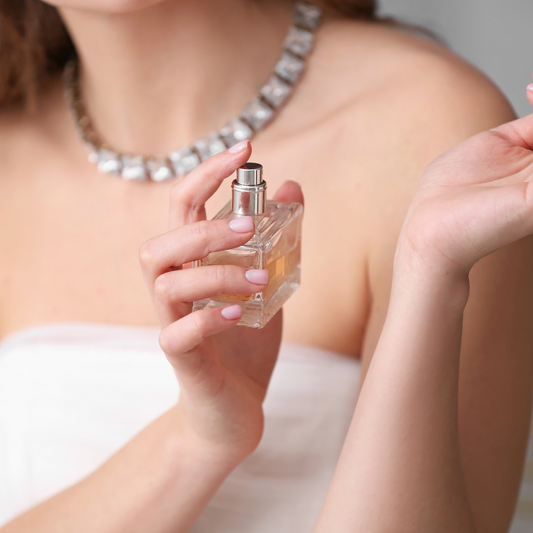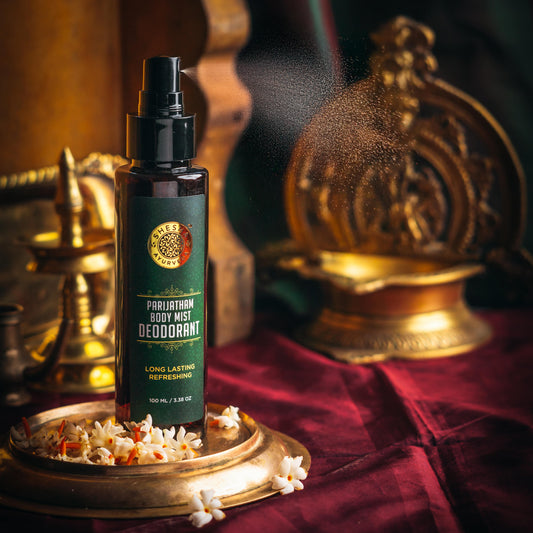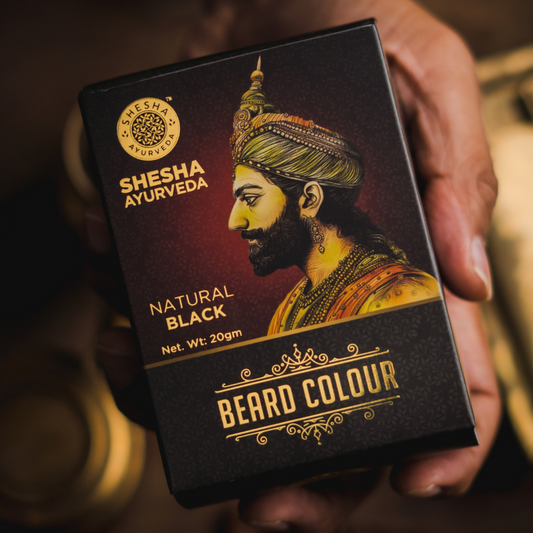
Tired of harsh chemicals burning your scalp every time you color your hair? You've probably heard about herbal hair dye but hesitated because of all the confusing information out there. Here's the truth – the internet is full of myths about natural hair coloring that keep people stuck with damaging chemical dyes. Some folks think herbal dyes don't work at all, while others believe they're miracle cures with zero limitations. Both extremes are wrong. This guide cuts through the noise and gives you the real facts about herbal hair dyes, so you can make an informed decision for your hair health.
5 Common Myths About Herbal Hair Dyes Debunked
Myth 1: Herbal Hair Dyes Don't Color Your Hair Effectively
This is probably the biggest misconception out there, and it's simply not true. Quality herbal hair dyes work – they just work differently than chemical ones. For thousands of years, cultures knew how to color their hair with natural herbs; with henna, indigo, amla, and shikakai...to mention a few. The important fact is that, like all herbal dyes, they build color over time rather than strip color from your hair, so they work alongside the natural pigments in your hair.
The confusion comes from people expecting instant, dramatic results like chemical dyes provide. Herbal dyes often need 2-3 applications to reach full intensity, especially on stubborn grays or dark hair. But once established, the color is rich, natural-looking, and improves hair health. Brands like Shesha Ayurveda have perfected herbal formulations that deliver consistent, vibrant results without the waiting game of traditional home remedies.
Myth 2: Natural Hair Dyes Are Always 100% Safe with Zero Side Effects
While herbal dyes are generally much safer than chemical alternatives, they're not completely risk-free for everyone. Some people can be allergic to natural ingredients just like synthetic ones. Henna, for instance, can cause reactions in people with G6PD deficiency. Some herbal dyes contain metallic salts that can react poorly with chemical treatments later.
The "natural equals safe" mindset can be dangerous. Always do a patch test 48 hours before using any hair product, herbal or not. Check ingredient lists carefully – some products marketed as "natural" still contain chemical additives. Pure, high-quality herbal dyes from reputable companies like Shesha Ayurveda undergo proper testing and use clean ingredients, but you should still test them on a small skin area first. Natural doesn't automatically mean suitable for everyone.
Myth 3: Herbal Dyes Fade Much Faster Than Chemical Hair Colors
This myth likely started because people compare herbal dyes to permanent chemical colors, which is like comparing apples to oranges. Quality herbal hair dyes last quite well – often 6-8 weeks with proper care. The difference is how they fade. Chemical dyes create harsh regrowth lines and can fade unevenly, while herbal dyes fade more naturally and gradually.
Here's what herbal dye longevity: hair porosity, application technique, and aftercare. Properly applied herbal hair color on healthy hair can last as long as semi-permanent chemical dyes. The key is using enough product, leaving it on long enough, and following up with color-safe shampoos. Some herbs, like indigo, actually deepen over the first few days after application. With good maintenance, you're not touching up any more often than with conventional colors.
Myth 4: You Can't Get Dark Colors or Cover Gray Hair with Herbal Dyes
Completely false, and this myth keeps many people from trying herbal alternatives. Herbal hair dyes can absolutely create deep, rich colors including true blacks and dark browns. The secret is using the right combination of herbs and proper application techniques. Henna mixed with indigo creates stunning dark shades, while amla and other herbs can enhance depth and richness.
Gray coverage is one of herbal dye's strengths because gray hair is more porous and accepts color readily. The process might take two applications for complete coverage, but the results are often more natural-looking than chemical dyes. Traditional two-step processes (henna first, then indigo) can create colors from auburn to jet black. Modern herbal formulations from companies like Shesha Ayurveda have simplified this process while maintaining effectiveness for gray coverage and dark color achievement.
Myth 5: Herbal Hair Dyes Are Too Messy and Difficult to Use at Home
Sure, traditional henna paste can be messy, but herbal topical dyes today don't require a lot of mess at all. Many brands now offer user-friendly formulations that mix easily and apply smoothly without the hassle of traditional methods. The mess factor is often exaggerated by people who have tried DIY henna recipes from random internet sources using poor-quality powder.
Quality herbal dyes today come with clear instructions, proper consistency, and better application tools. The key is preparation – lay down towels, wear old clothes, and have everything ready before you start. Most herbal dyes apply more smoothly than chemical box dyes because they don't foam up or drip as much. With a little practice and the right products, home application becomes straightforward. Professional-grade herbal dyes are designed for easy home use while delivering salon-quality results.
Conclusion
Don't let outdated myths keep you from trying herbal hair dyes if you're ready to ditch harsh chemicals. The truth is, quality herbal dyes work effectively, last well, and can create any color you want – including perfect gray coverage. Certainly, herbal hair dyes will work differently than chemical hair dyes, but this is a good thing, as your hair will stay healthy! The important note to take is to use well-known brands that use tested formulations instead of random DIY recipes. With trusted products from companies like Shesha Ayurveda and realistic expectations, herbal hair dyes offer a healthier path to beautiful, vibrant color.
















